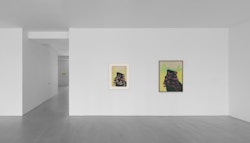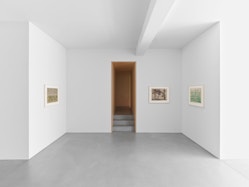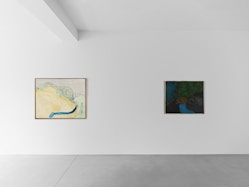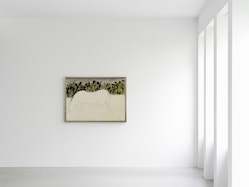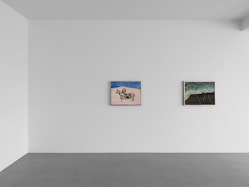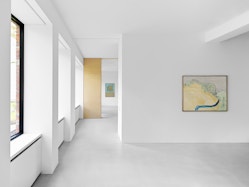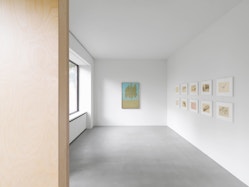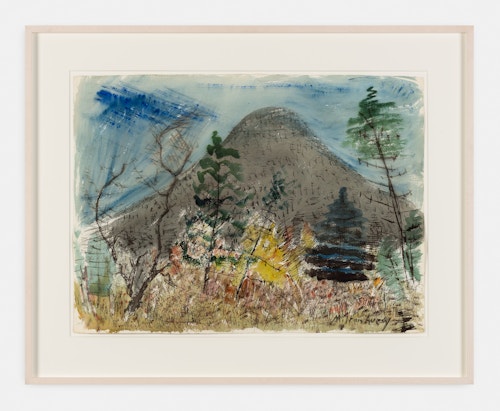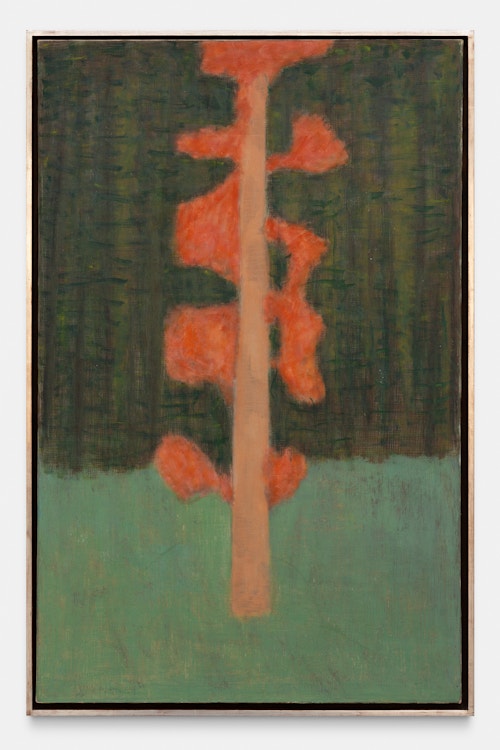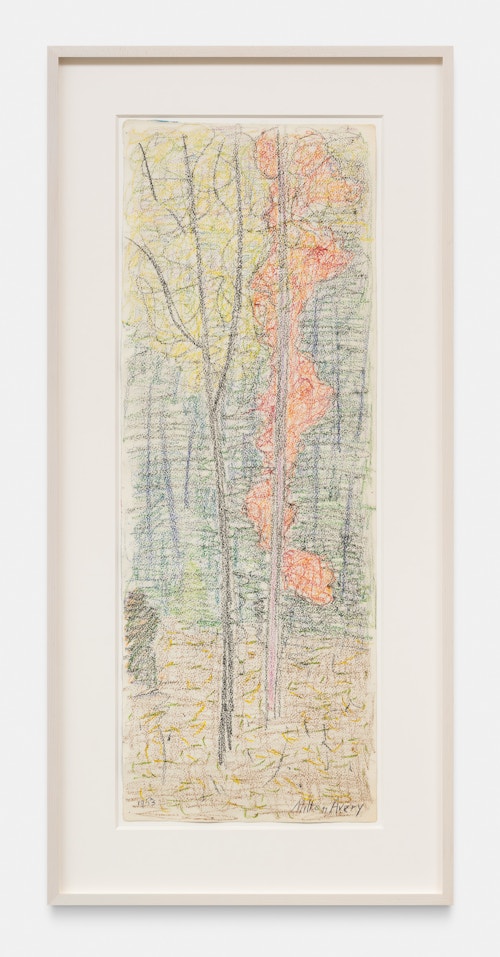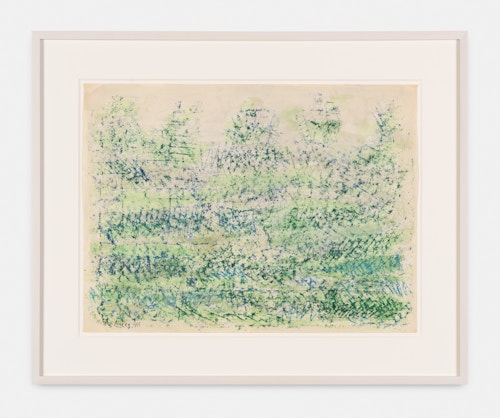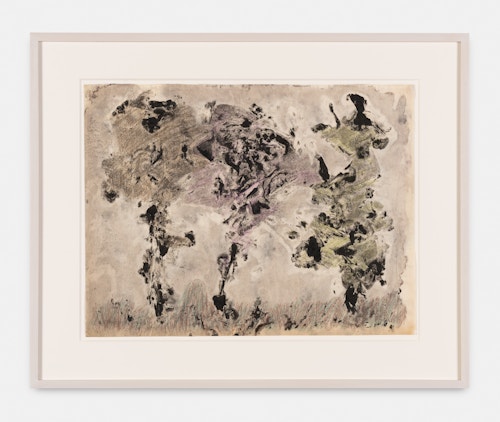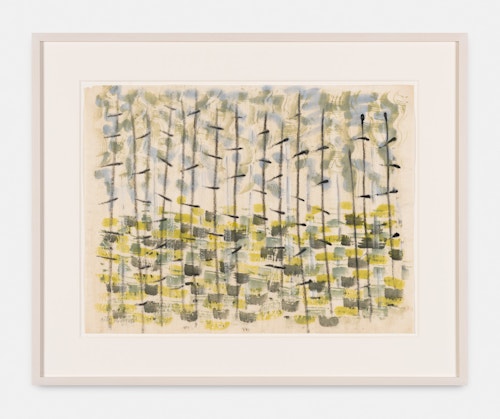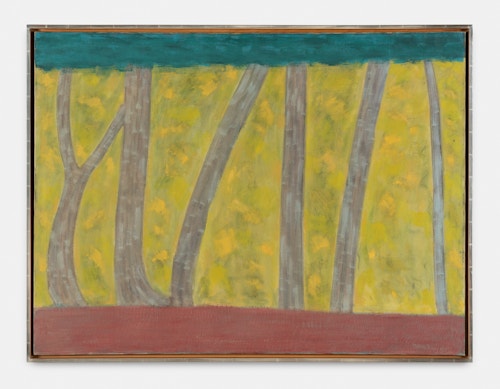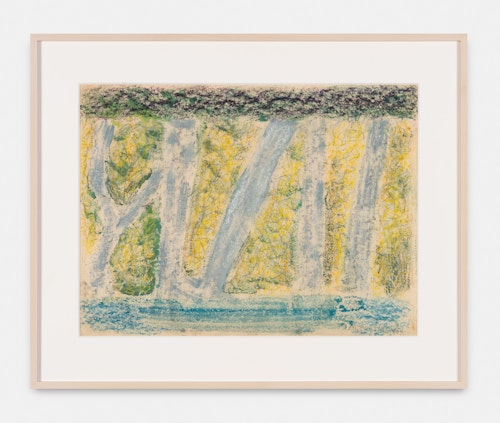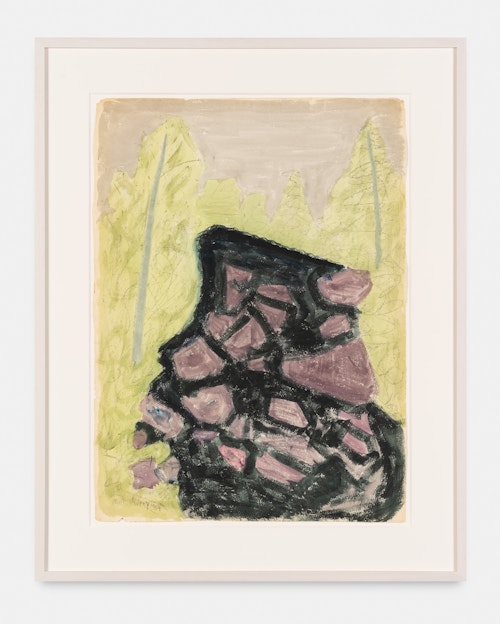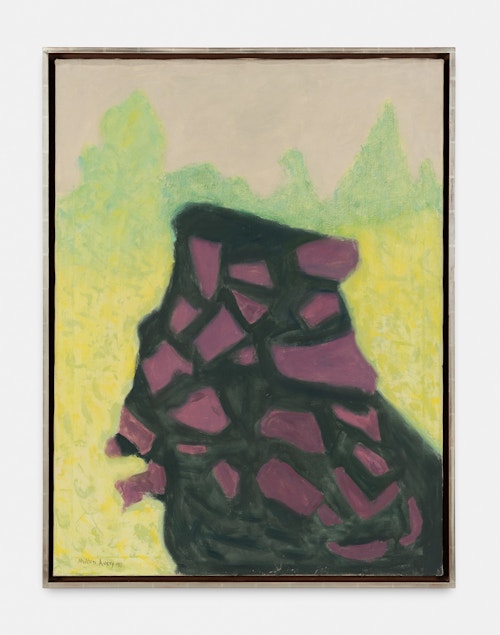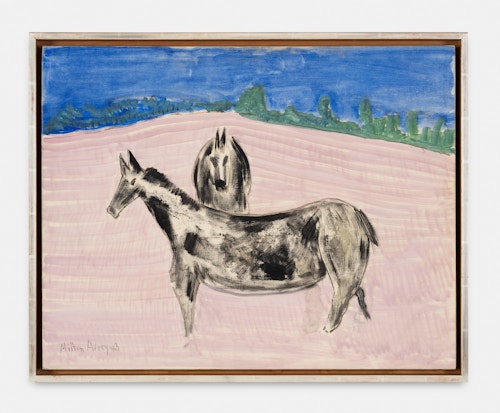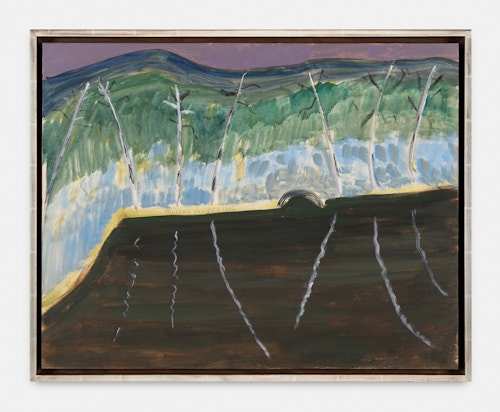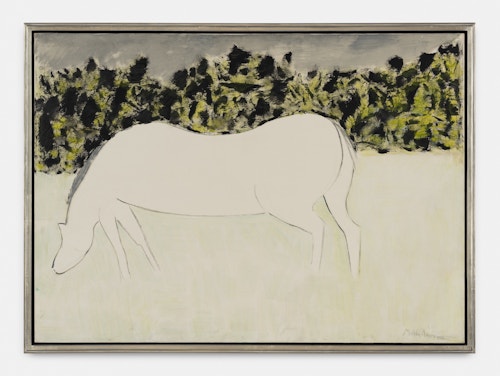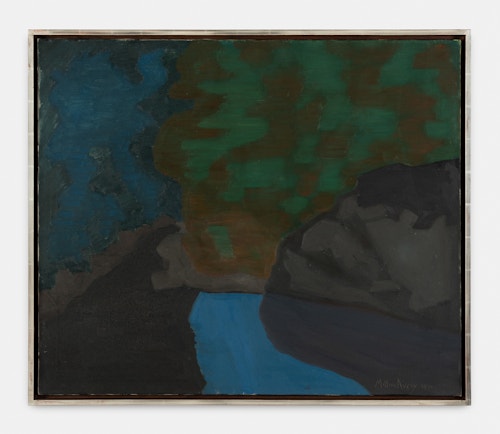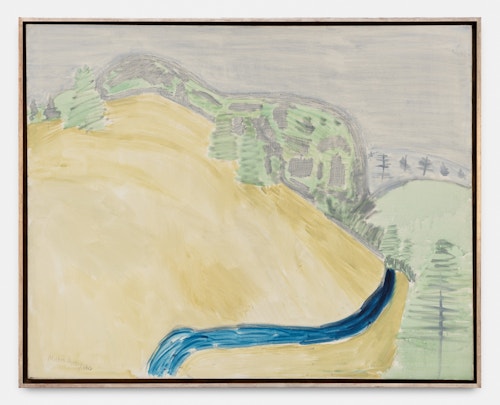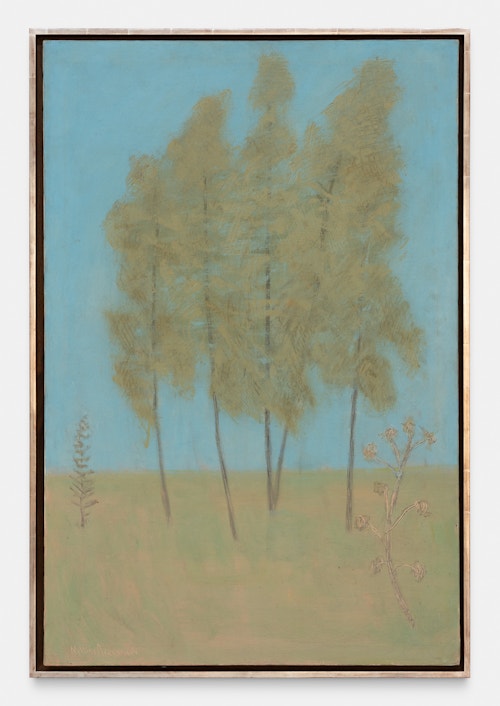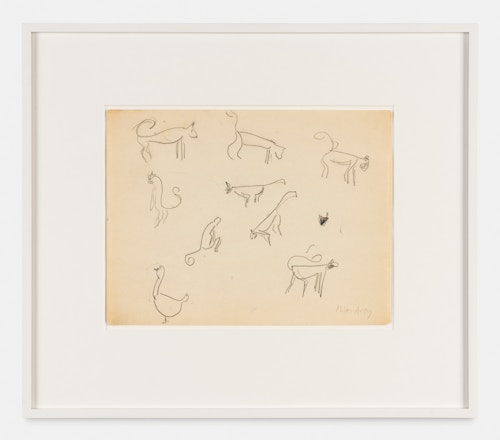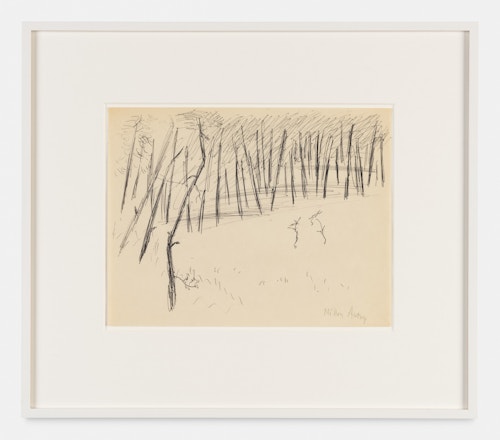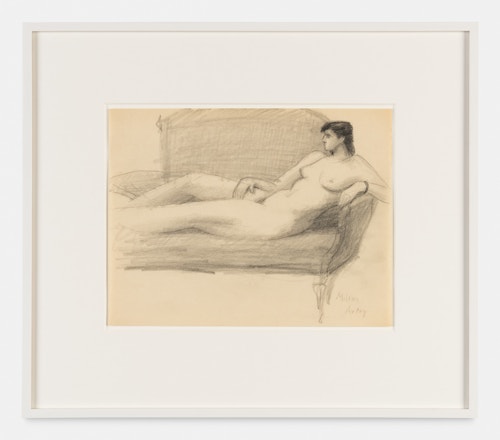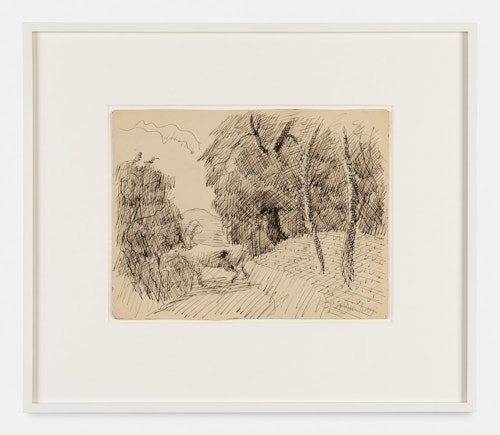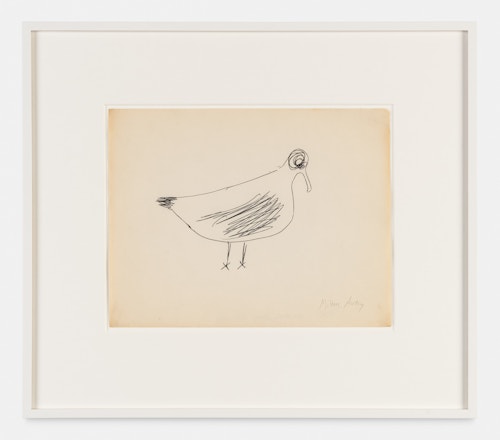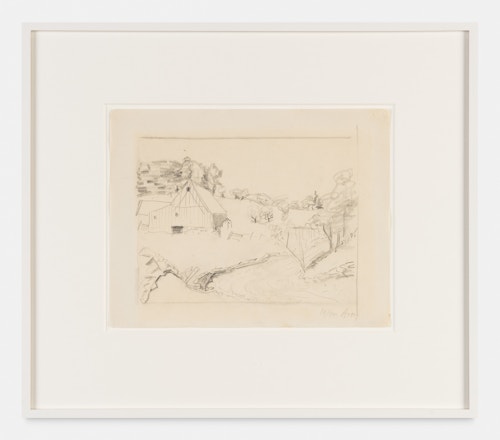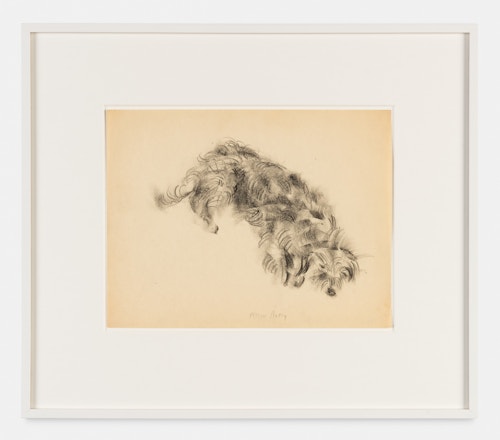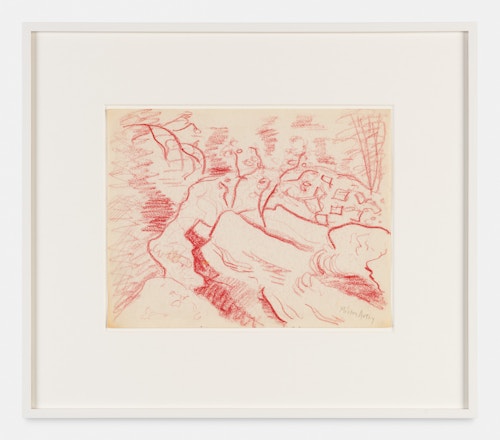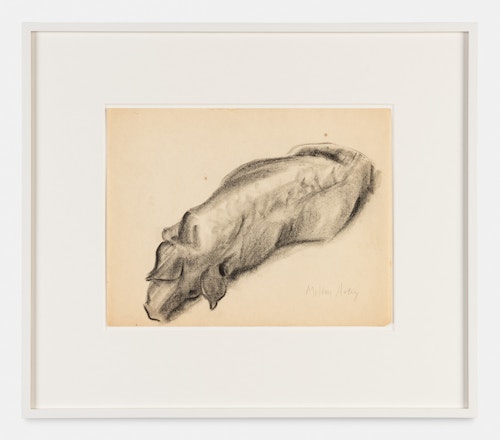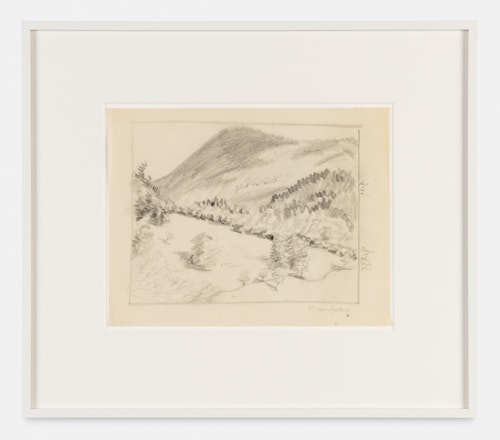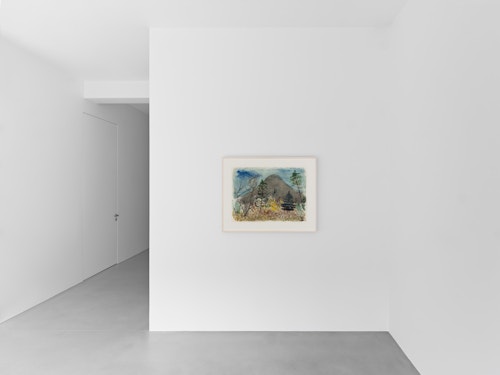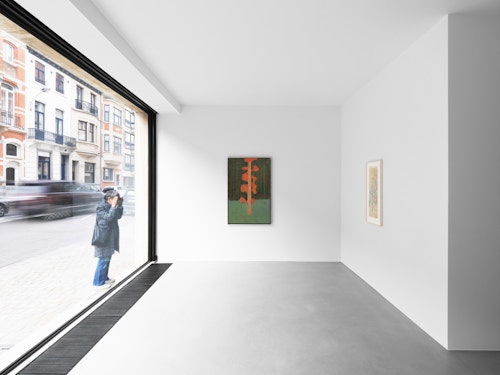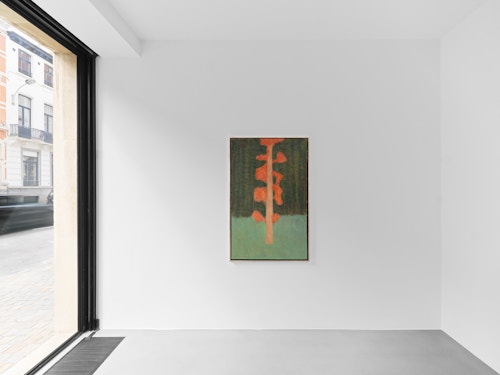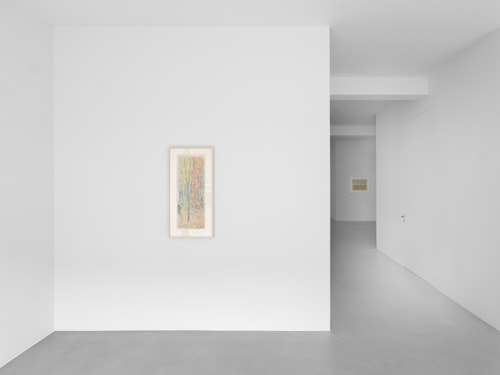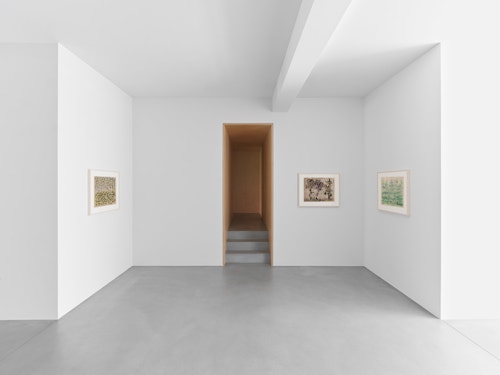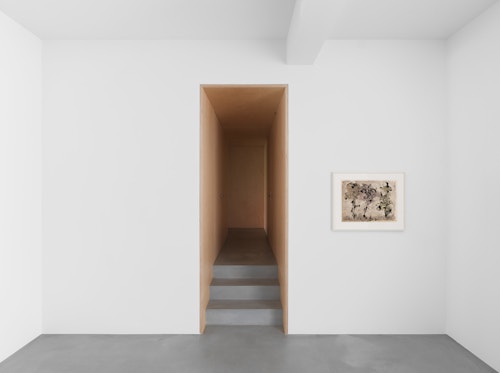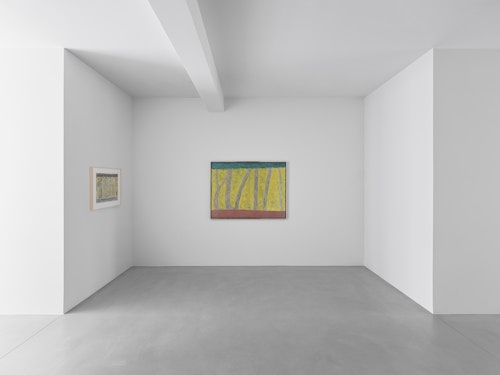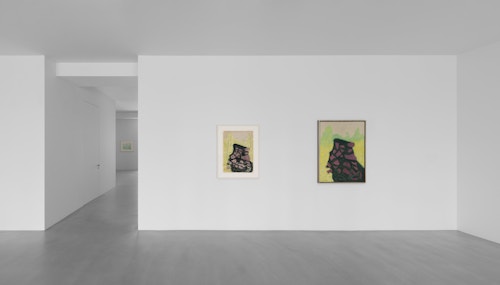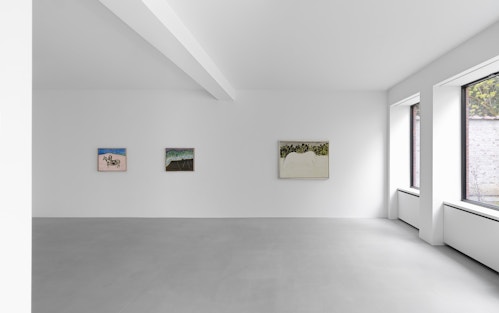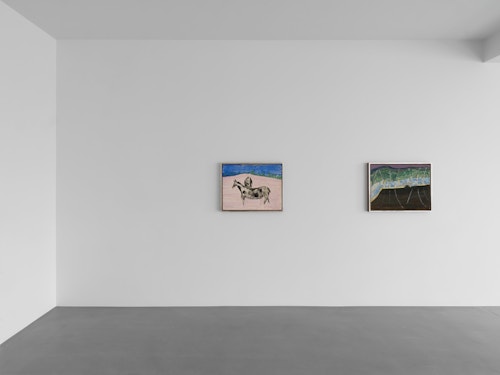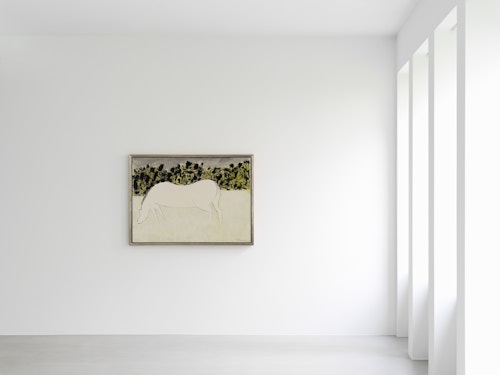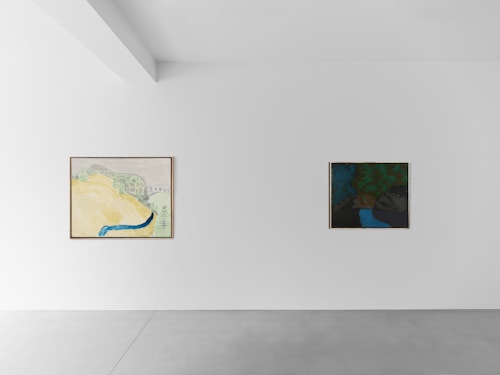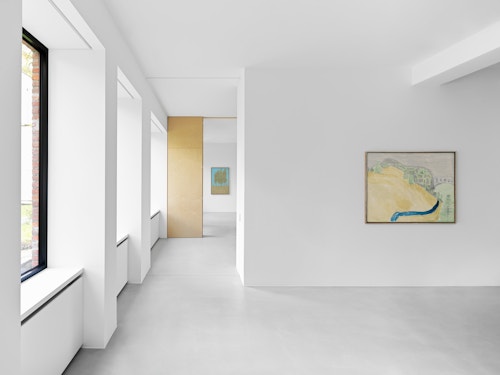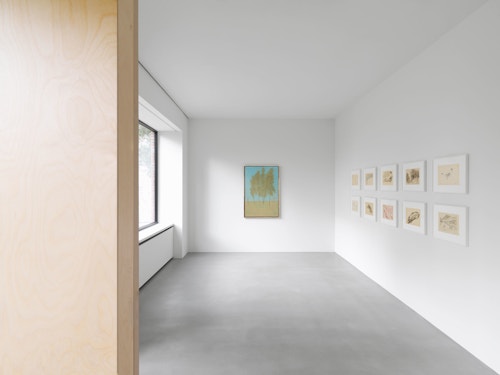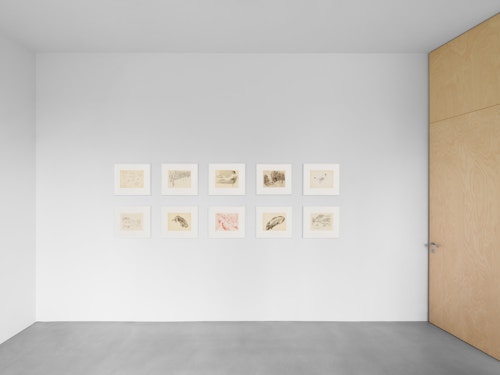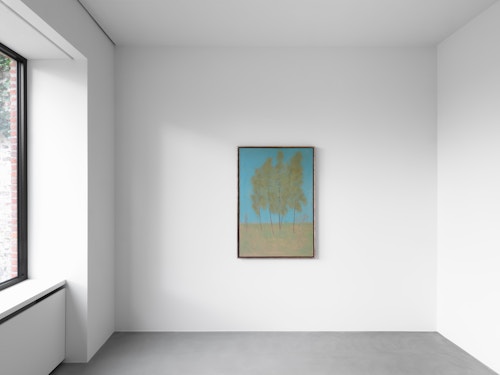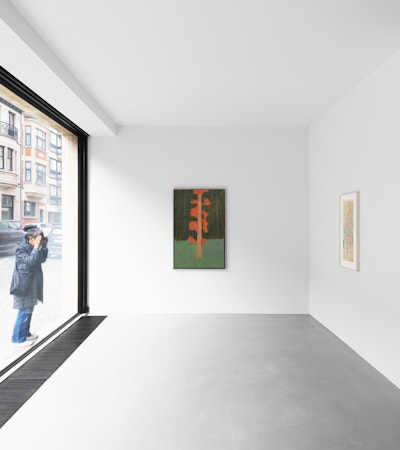
Milton Avery Forms from Nature
Xavier Hufkens is honoured to present Forms from Nature, the gallery’s first solo exhibition of works by the American master, Milton Avery (1885-1965). It is also the first monographic presentation of Avery’s work in Belgium. Focusing on his affinity with the natural world, the artist’s most enduring source of inspiration, this exhibition charts the development of Avery’s practice over a span of three decades — from the 1930s to the 1960s. These selected works — oils, watercolours, and line drawings — highlight the artist’s distinctive approach to colour, light, and composition.
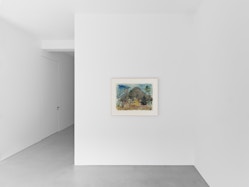
Milton Avery was born in Altmar, New York, in 1885 and moved with his family to Hartford, Connecticut, at the age of thirteen. He left school in 1901, at the age of sixteen, to work at the Hartford Machine and Screw Company to support the family. Following the untimely death of his father in 1905, he enrolled in a lettering class at the Connecticut League of Art Students — an informal, free-of-charge night school for male pupils. His intention was to become a signwriter, a job that offered better pay and prospects, but later transferred to life drawing classes at the League. In 1924, he visited Gloucester, Massachusetts, where he met fellow artist Sally Michel (1902-2003) and followed her to New York in 1925, marrying her the following year. Thanks to the steady income she earned from various illustration jobs, he was finally able to paint full-time.
While his urban surroundings in New York City for much of his life were a rich source of inspiration, he continued to return to nature. Avery made plein air watercolours and drawings directly from nature, capturing exactly what he saw without embellishment. Once back in the city, he would spend the autumn and winter transforming his observations into oil paintings, evident in works such as Study for Hint of Autumn (1953), which led to Hint of Autumn (1954) and Stony Brook (1954), which led to Rocky Stream (1955).
Avery was known to have said—“I like to seize the one sharp instant in nature, to imprison it by means of ordered shapes and space relationships. To this end, I eliminate and simplify, apparently leaving nothing but colour and pattern.” Over time, his works reveal a distinct evolution from the darker tones to vibrant hues in the 1940s and 1950s when Abstract Expressionism was in the ascendency. Avery pushed his style and palette even further in the 1960s, often coming to the edge of abstraction, with luminous, layered works like Winding Stream (1962).
Avery’s emphasis on simplified forms and colour as a primary vehicle of expression won him the admiration of numerous younger artists starting in the 1930s, such as Mark Rothko, Adolph Gottlieb, and Barnett Newman, all of whom became lifelong friends. Rothko, in particular, was a huge admirer of his work. At Avery’s memorial in 1965, Rothko gave the eulogy —“Avery is first a great poet… He always had that naturalness, that exactness, and that inevitable completeness which can be achieved only by those gifted with magical means, by those born to sing.”
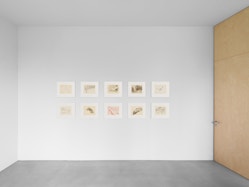
This exhibition comes on the heels of a major travelling retrospective on the artist, organized by the Royal Academy in London and featured at the Modern Art Museum of Fort Worth in Texas and the Wadsworth Atheneum Museum of Art in Hartford, Connecticut.
Milton Avery’s work can be found in major museums throughout the world, including the Albright-Knox Art Gallery; Art Institute of Chicago; Hirshhorn Museum and Sculpture Garden; Los Angeles County Museum of Art; Metropolitan Museum of Art, NY; Museum of Fine Arts, Boston, MA; Museum of Modern Art, NY; National Gallery of Art, Washington, D.C.; National Gallery of Australia, Canberra; The Phillips Collection, Washington, DC; San Francisco Museum of Modern Art, CA; Smithsonian American Art Museum, Washington, DC; Tate, London; Thyssen-Bornemisza Museum of Art, Madrid, Spain; Walker Art Center, Minneapolis, MN; Whitney Museum of American Art, NY; Yale University Art Gallery, New Haven, CT.
